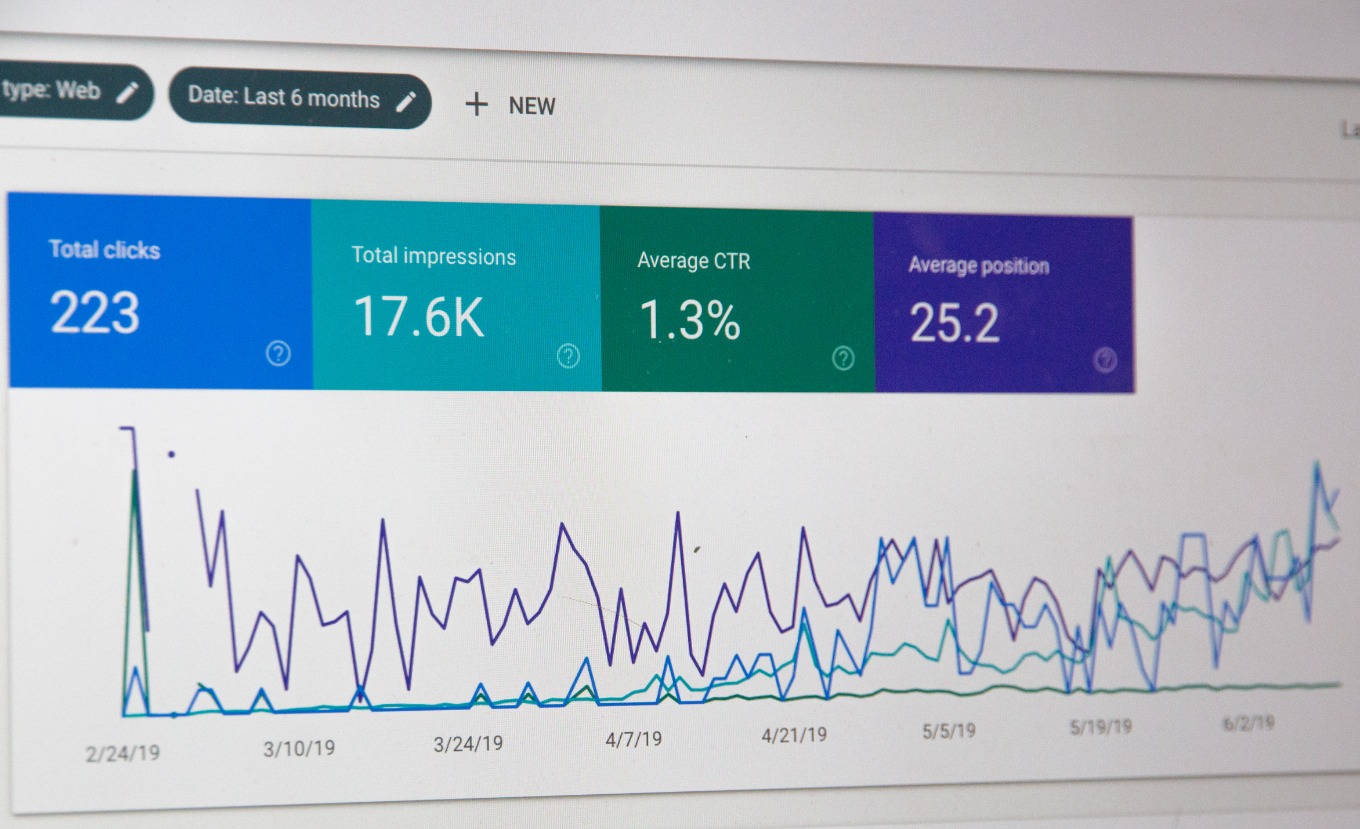Debunking 10 Myths Surrounding Human Trafficking Lawyers: A Closer Look at the Industry
The realm of human trafficking law is a labyrinth of complex legal and social issues, often obscured by inaccuracies, half-truths, and outright myths. These misconceptions cast long, misleading shadows over public understanding, impeding both policy formulation and the effective fight against this nefarious trade. Hence, we endeavour to dispel some of these pervasive myths surrounding human trafficking lawyers, to give a more accurate depiction of the profession and its role in combating this heinous crime.
Myth 1: Human trafficking lawyers only handle cases of sex trafficking
Sex trafficking, which involves forced participation in commercial sex acts, is the most publicized form of human trafficking. However, it is not the sole focus of human trafficking lawyers. They also handle vastly underreported cases of labor trafficking, where individuals are coerced into involuntary servitude, debt bondage, or slavery. The United Nation's Protocol to Prevent, Suppress and Punish Trafficking in Persons, Especially Women and Children, recognizes both realms, and human trafficking lawyers are equally adept at prosecuting cases in both domains.
Myth 2: Human trafficking lawyers operate exclusively within the criminal justice system
While human trafficking is undeniably a criminal act, legal action is not confined to the realm of criminal law. Civil litigation can also be an effective tool for holding traffickers accountable while providing victims with monetary compensation. Additionally, immigration law is frequently engaged as victims often face complex immigration issues. Hence, human trafficking lawyers operate in a multifaceted legal environment, utilizing various legal mechanisms to ensure justice for the victims.
Myth 3: Human trafficking is only a problem in developing countries
Statistical analysis reveals that human trafficking is a global problem. The U.S. Department of State's Trafficking in Persons Report consistently identifies high-income countries like the United States and members of the European Union as destination countries for human trafficking. Therefore, human trafficking lawyers are necessary everywhere, not just in developing nations.
Myth 4: Human trafficking lawyers always win their cases
Despite the heinousness of the crime, securing convictions in human trafficking cases is not always straightforward. The complex nature of these cases, combined with challenges in victim identification, evidence collection, and overcoming the victims’ fear of testifying, often complicate the prosecution process. The Bureau of Justice Statistics reports a conviction rate of less than 50% for human trafficking cases. This figure underscores the difficulty of these cases, but also the necessity of skilled, dedicated lawyers in this field.
Myth 5: Victims of human trafficking are always physically restrained
The images of chains and locked doors often associated with human trafficking cases can be misleading. Coercion and manipulation are frequently used to control victims. Psychological constraints, such as threats of violence, manipulation of debt, and exploitation of victims' vulnerabilities, often serve as invisible chains. Therefore, human trafficking lawyers often need to demonstrate non-physical forms of coercion in court.
Myth 6: Human trafficking does not involve consent
Although it is true that human trafficking inherently involves exploitation, the issue of consent is more nuanced. Deceptive recruitment practices often blur the line between consent and coercion. Victims may initially agree to certain conditions but are later forced into exploitative situations. Courts have consistently held that initial consent does not negate the crime of trafficking, a principle that human trafficking lawyers must frequently emphasize in their cases.
Myth 7: Only women and children are victims of human trafficking
While women and children are disproportionately affected by human trafficking, men are not immune. The Global Report on Trafficking in Persons by the United Nations Office on Drugs and Crime indicates that nearly a third of all human trafficking victims are men. Hence, human trafficking lawyers represent victims across the gender spectrum.
Myth 8: Human trafficking is synonymous with human smuggling
Human trafficking and human smuggling are distinct legal and factual concepts. Smuggling involves the consent of the person being moved and focuses on transnational transportation, while trafficking prioritizes the exploitative purpose, regardless of geographical movement. Human trafficking lawyers are primarily concerned with the latter, although smuggling can sometimes evolve into trafficking.
Myth 9: Human trafficking only occurs in illegal or underground industries
Human trafficking occurs not only in illicit industries such as sex work or drug trade but also within legal and seemingly benign industries. Sectors such as agriculture, domestic work, and construction often mask instances of human trafficking. Therefore, human trafficking lawyers must navigate not only the underworld but also the mainstream economy in their pursuit of justice.
Myth 10: Human trafficking lawyers only work with non-governmental organizations (NGOs)
While NGOs play a crucial role in combating human trafficking, lawyers in this field also work with government agencies, law firms, and international organizations. The nature of human trafficking requires a collaborative effort across multiple sectors, and human trafficking lawyers are often at the center of these alliances, promoting legal reform and victim support.
Demystifying these myths is a necessary step toward understanding the complex reality of human trafficking and the lawyers who work tirelessly to combat it. By bridging the gap between perception and reality, we can better appreciate the challenges and triumphs of these legal professionals, and more importantly, better support the victims they represent.
The realm of human trafficking law is a labyrinth of complex legal and social issues, often obscured by inaccuracies, half-truths, and outright myths.






